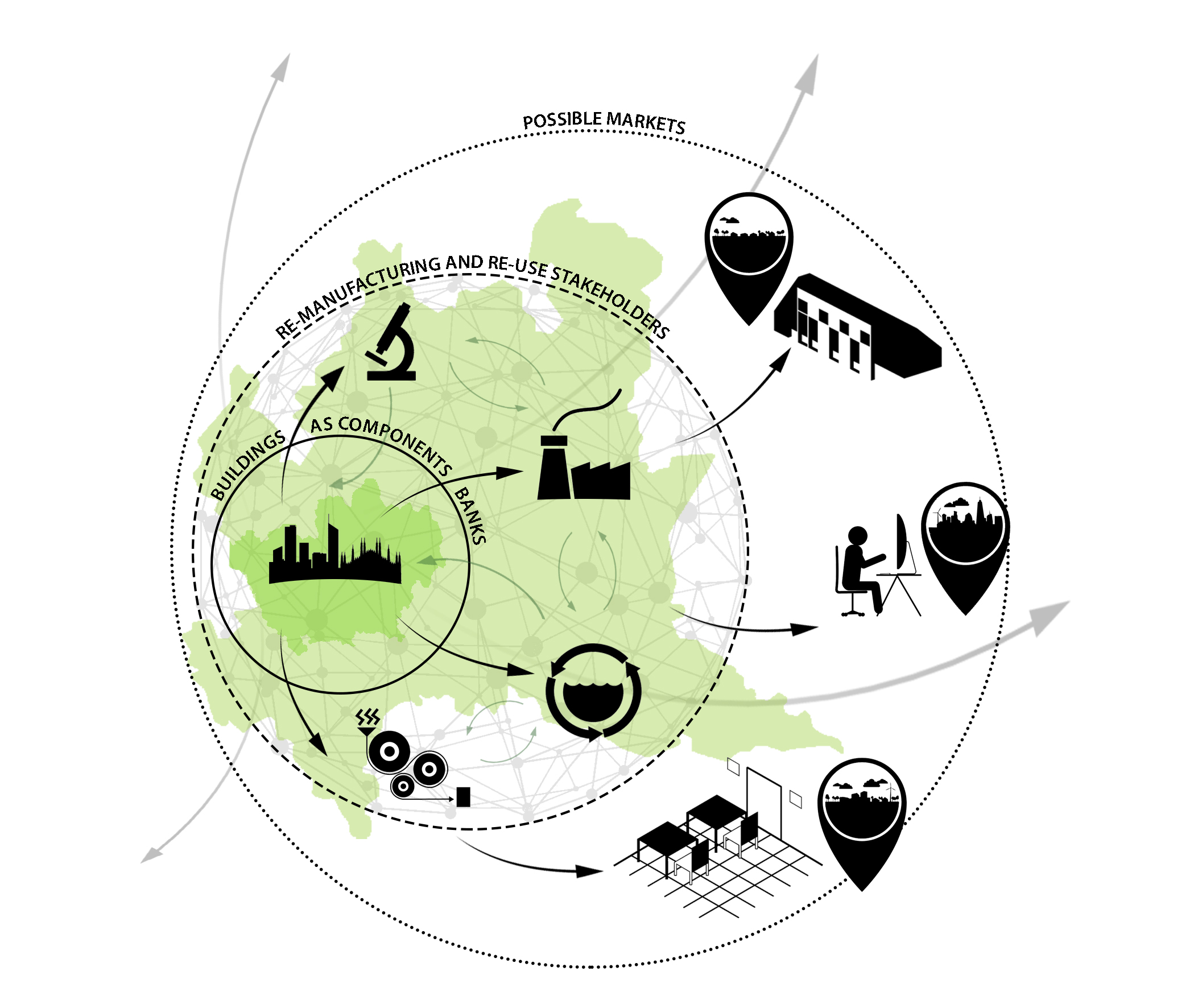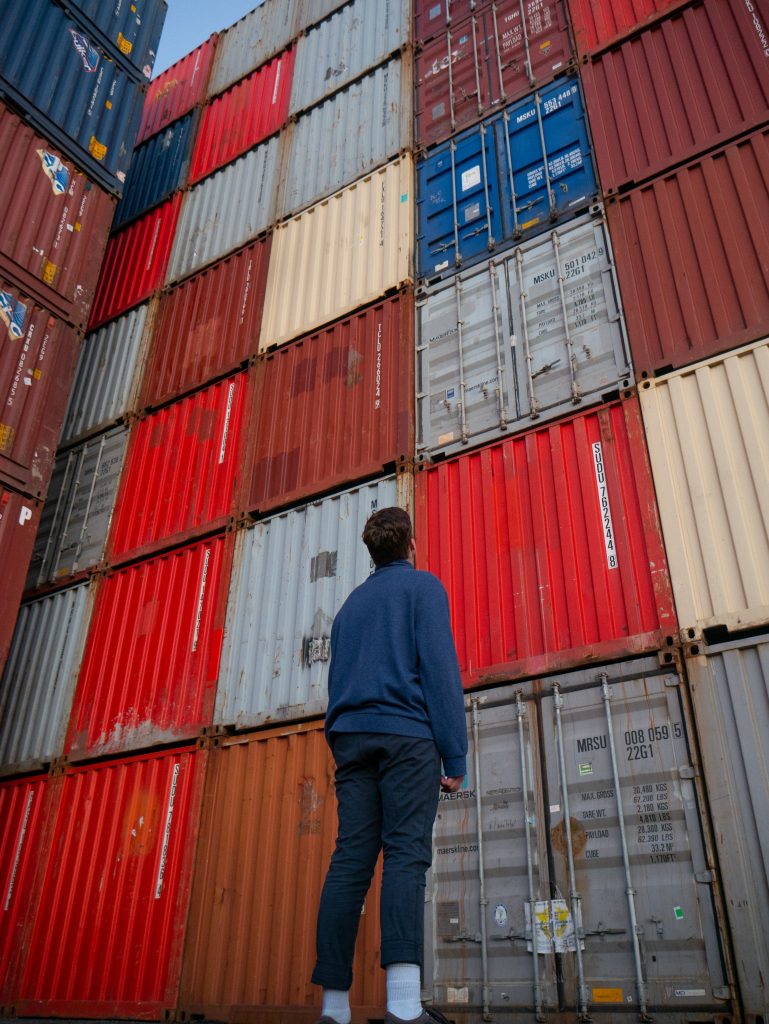Objectives
New organisational models and tools for re-manufacturinng and re-using short life components coming from tertiary building renewal
Main goal of the research
Circular economy for a sustainable future
To activate regenerative circular processes based on re-manufacturing and re-use strategies related to buildings for the tertiary sector in order to reduce the production of waste coming from renewal interventions, carried out on short-term cycles.
The aim is to maintain over time the value of the environmental and economic resources integrated into the buildings once removed from the buildings, extending their useful life and usability with the lowest possible consumption of other materials and energy and with the maximum containment of emissions into the environment. .

Research objectives: video extracted from the introduction to the round table 01 exhibition sector held on Wednesday 01 July 2020.
The general aim of the project is the definition of new organizational, operative and business models related to re-manufacturing and re-use (more correctly the “re-hierarchy”: re-manufacture, re-condition, re- purpose, re-use, and repair) in order to launch regenerative circular economy processes in the context of the transformation/renewal of buildings for the tertiary sector.
The key aims of the project Re-NetTA are:
- To reduce the waste deriving from tertiary sector, which is characterized by short times for renewal of spaces and interiors. In particular, the area of interest of the project is Lombardy, where a very vast and various stock of tertiary buildings (offices, accommodation facilities, exhibition facilities, retail, temporary shops) is located.
- To maintain the economic value of building components coming from short-time renewal interventions and to contain environmental impacts. The assumption is that these components have a high added value and a long-lasting useful life and they are often dry assembled.
- To promote remanufacturing and re-use as strategies characterized by processes that use less energy and materials compared to the recycle.
- To improve the competitiveness of various categories of stakeholders in Lombardy (e.g. small-medium manufacturing companies, FM services providers, etc.) by transferring in the construction sector new organisational and business models based on S.PSS (Sustainable Product-Service Systems), win-win strategies, and Life Cycle Management and by creating network relationships among operators.
- To promote, and support through training, new jobs and skills in the field of re-manufacturing/re-use.
The construction sector as fundamental lever for the activation of circular economy
European Commission (2015) identifies the construction sector as a ‘Priority area’ which has specific challenges in the context of circular economy: according to the statistical data in EU-28, the main field that produces waste is construction sector, contributing to 33.5% of the total waste generated by all economic activities and households in 2014 in the EU-28 (Eurostat, 2016). The construction sector is an important driver for circular economy, also because it provides 18 million direct jobs and it contributes to about 9% of the EU’s GDP (European Commission, 2018). The application of new circular economy strategies can create new jobs, social benefit, energy and resource efficiency and a sustainable environment.
The research aims to propose new approaches, procedures, business models to rethink the construction sector in a circular economy perspective.

